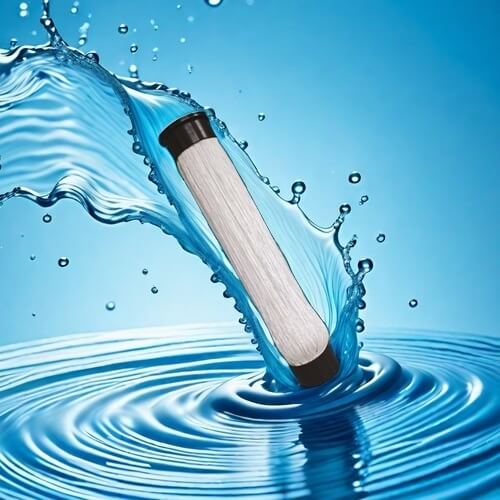Catalytic ozonation method for treating coal chemical wastewater
Catalytic ozonation, as an emerging wastewater treatment technology, has received widespread attention in the field of coal chemical wastewater treatment in recent years. Coal chemical wastewater usually contains a large amount of organic pollutants and difficult to degrade substances, and traditional treatment methods often fail to achieve ideal results. The catalytic ozonation method can significantly improve the utilization efficiency of ozone by introducing catalysts, thereby effectively removing pollutants from wastewater.
The core of catalytic ozonation for treating coal chemical wastewater lies in the strong oxidizing property of ozone. Ozone can quickly react with organic matter in water to generate smaller molecules, which are then converted into harmless substances. When using ozone alone to treat wastewater, the reaction rate is slow and the treatment effect is limited. By introducing catalysts, catalytic ozonation can accelerate the reaction process, improve treatment efficiency, and reduce treatment costs.
In catalytic ozonation, commonly used catalysts include transition metal oxides, precious metals, and their composite materials. These catalysts can effectively activate ozone and promote its reaction with pollutants in water. Research has shown that using appropriate catalysts can increase the oxidation reaction rate of coal chemical wastewater treatment by several times, thereby significantly shortening the treatment time.

The advantages of catalytic ozonation in treating coal chemical wastewater are not only reflected in treatment efficiency, but also in its adaptability and environmental friendliness. This method can adapt to different types of wastewater, especially those containing complex organic compounds in coal chemical wastewater. Catalytic ozonation method does not generate secondary pollution during the treatment process, which meets modern environmental protection requirements and is increasingly favored by more and more enterprises.
The catalytic ozonation method also faces some challenges in practical applications. The selection and preparation of catalysts are key factors affecting the treatment effect. Different catalysts have different catalytic activities for different types of pollutants, so targeted research and development are needed. The stability and regeneration ability of catalysts are also important aspects that affect their economy. How to improve the durability of catalysts and reduce replacement frequency is one of the current research hotspots.
Catalytic ozonation is an efficient and environmentally friendly technology for treating coal chemical wastewater, with broad application prospects. With the deepening of related research, the performance of catalysts continues to improve, and the practical application of catalytic ozonation method will be more extensive. In the future, with the development of new materials and optimization of processes, the application of catalytic ozonation in coal chemical wastewater treatment will become more mature, contributing to the sustainable development of the coal chemical industry.
The catalytic ozonation method for treating coal chemical wastewater not only provides an effective means to solve current environmental problems, but also opens up new directions for innovation and development of related technologies. I hope that in the near future, this technology can be promoted and applied in more fields, making greater contributions to environmental protection and resource utilization.
